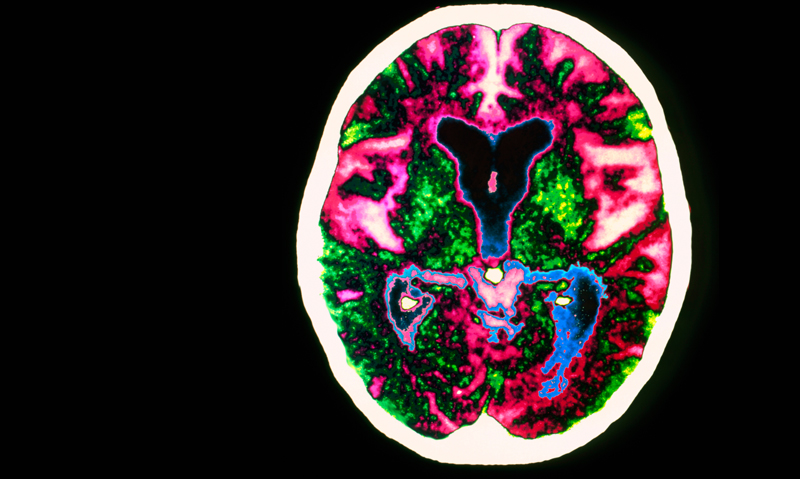CULTURALLY specific and appropriate screening tools are essential to turn around worrying rates of dementia among Indigenous populations, according to leading experts.
Research published in the MJA has found that, in 2011, the estimated prevalence of dementia among Indigenous people aged 45 years and over in the Northern Territory was more than three times that of the non-Indigenous population (3.7 v 1.1 per 100 population). (1)
The researchers used four data sources — hospital admissions, aged care services, primary care and death registrations — to estimate the prevalence and incidence of dementia over 4 years from January 2008, using a capture̵˗recapture method to identify both diagnosed and undetected cases.
The study also found that Indigenous patients were developing dementia earlier, at a median age of 72 years, than non-Indigenous patients (median age, 79 years).
“The high prevalence and incidence of dementia among the NT Indigenous population were consistent with the high prevalence of well known risk factors for dementia such as stroke, epilepsy, brain injury, smoking and alcohol-related health problems”, the researchers wrote.
An accompanying editorial by Associate Professor Robert Parker, an NT psychiatrist at the James Cook University, Darwin, said culturally relevant screening tools for defining cognitive impairment in Indigenous populations, such as the Kimberley Indigenous Cognitive Assessment (KICA), along with a “broad-based view of health across the life span” were vital to addressing dementia rates. (2) (3)
Professor Tim Senior, medical advisor to the Royal Australasian College of General Practitioners’ national faculty of Aboriginal and Torres Strait Islander Health, said he was not yet “completely convinced by calls for screening”.
“There is a lot of debate about screening for dementia”, Professor Senior told MJA InSight.
“Screening must be used together with the treatment of people who have dementia now, and not be used as an excuse for avoiding preventive care. If the focus shifts to screening it may take much needed focus and funding from primary care.
“Many of the risk factors for dementia are also risk factors in other contexts, such as cardiovascular disease, so we think preventive primary care funding is a much better point of focus at this time”, he said.
Professor Leon Flicker, director of the WA Centre for Health and Ageing, who helped develop the KICA tool and the soon to be released KICA depression screening tool, agreed, saying medical care was not the whole answer to the dementia problem.
“We find higher rates of many things in older Aboriginal people, including increased rates of falls, and that geriatric syndromes develop much earlier than in the non-Indigenous population”, Professor Flicker told MJA InSight.
“Lifestyle factors are important. Low birthweight, impoverishment, lack of physical activity, poor food intake, too much smoking, diabetes, obesity, high blood pressure — these are important throughout life.
“There needs to be a multi-pronged approach — improving childhood nutrition, improving access to education, being able to have a job and earn money, better health care, better identification of at-risk groups, better blood pressure and diabetes control.
“Probably the most important thing is not to lose hope, and to keep treating the people who are identified as having dementia”, Professor Flicker said.
Dr Chris Hatherly, national research manager for Alzheimer’s Australia, said the research was “by far the most rigorous” he had seen and it confirmed earlier studies.
“There are huge gains to be made by reducing the risks for future generations”, he told MJA InSight. “In terms of prevention we could do a lot better. It’s a challenging environment but we believe Indigenous health has always been a political priority and we have no reason to think that will change.”
1. MJA 2014; 200: 465-469
2. MJA 2014; 200: 434-435
3. WACHA KICA

 more_vert
more_vert